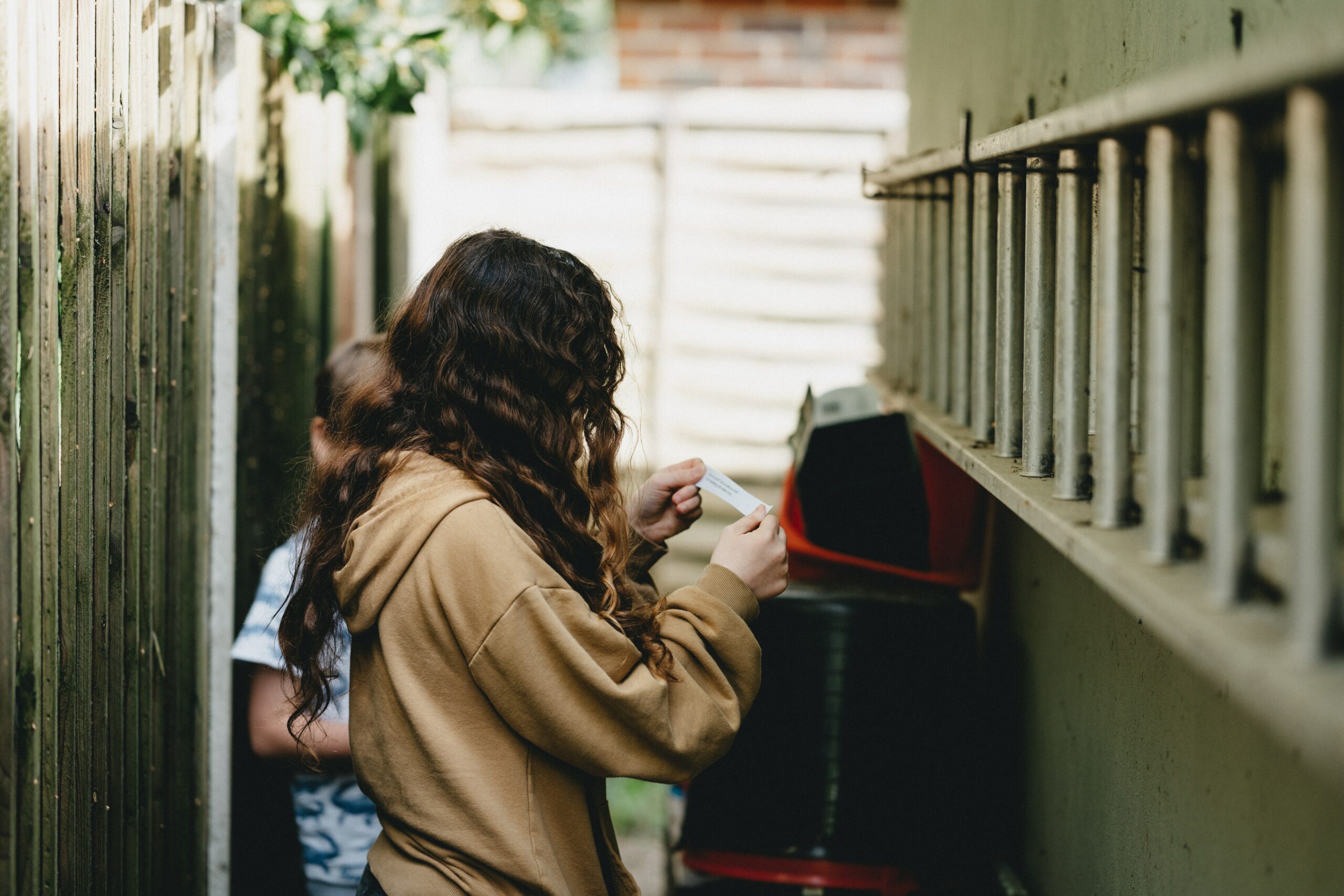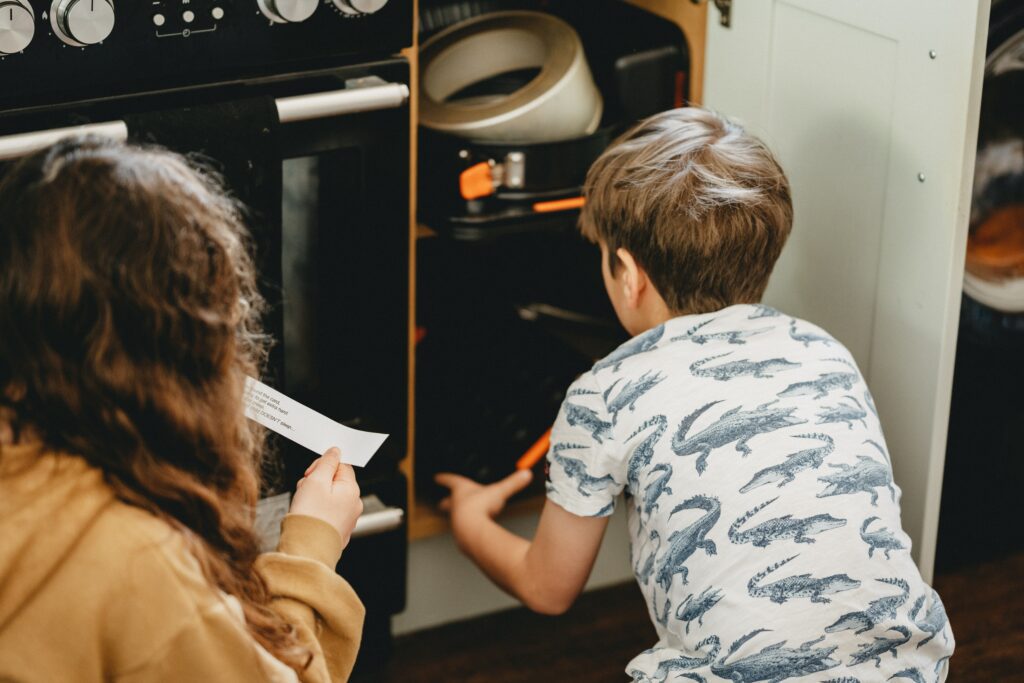
Want a fun way to explore, learn, and understand the things around you? If yes, then maybe you should try playing scavenger hunts with QR Code!
What is a Scavenger Hunt?
A scavenger hunt (also known as a treasure hunt) is an item-searching activity. This game can be played by an individual or a group of people. The player/s will locate objects from a list in a particular area. They may even locate places or people depending on the rules stipulated in a certain game. Scavenger hunts help people develop sharp eyes and discover a lot of things in their surroundings, not to mention items without spending a cent.
The items in a list may include: tasks to accomplish (like a picture or selfie scavenger hunt); objects to locate; people with a certain liking, character, or attitude; areas in a certain place; or riddles that need to be solved in order to identify the required object.
Scavenger hunts can also be done anywhere: at home, in school, at work, in a forest, at the beach, in the city, in the mall, and, with the rapid advancement of technology, even online!
The Best Blueprint for Using QR Code for Scavenger Hunts
Planning for the perfect scavenger hunt game? Here are some of the tips that may help you:
Determine the items to be located.
Are they going to be pictures, actual objects, people, places, or emotions? Are the items going to be household objects? Construction materials? School supplies? Flowering plants? Beach stuff? Can it be found in a space as big as a house or as small as a notebook? Be specific with the items so that the players could easily locate them.
Set clear rules.
Any activity with clear rules can easily be accomplished. For instance, how many persons will play? How many teams? What are they going to look for? How long will they look for the items? Would they cover a single area, or are do they need to search the whole place? Are the clues going to be easy or hard? Will there be boundaries?
Prepare the materials.
Make sure that each team has a list of items to locate, a pen or pencil for marking finished tasks, and a bag to contain the required objects. It is always safe to do a double-check to see if the materials are complete.
One way to add a thrill to your game is by turning it into a timed game and finding out which team can accomplish all or most of the items when the timer stops.
But if you want to bring the thrill of the hunt to a whole new level, try integrating it with technology using the power of QR Codes.
QR Codes: A Quick Review
QR (short term for Quick Response) Codes are two-dimensional squares that take a user to a variety of pages with just a scan.
Nowadays, QR codes are widely used to speed up transactions and processes like online selling and shopping, form-filling, customer feedback, book or journal browsing, and even vCard creation.
QR Code for Scavenger Hunts

There are many ways we could amplify out scavenger hunt experiences with QR Codes. As always, the first thing to do is to pay qr-cloud.com a visit.
QR Code Locations
Let’s say the players will have to identify various areas in a certain place (for example, a school). To create a QR Code that will lead them to a particular area (such as a library, science laboratory, principal’s office, or student publication office), here are the steps to follow:
- Visit qr-cloud.com.
- Sign in or sign up at the top right corner of the webpage.
- Click the box that contains a QR Code icon.
- Click “Create QR.”
- Assign a name for your generated QR.
- Set the QR type to “Location.”
Now for this part, you will need the help of Google Maps to determine the coordinates of a particular location in a school.
- After you have obtained the coordinates (longitude and latitude), copy and paste these on the space provided for the information. If the feature is not available, you can always type it manually.
- You can give the QR Code a unique look by changing the foreground and background colors, adding gradients, pictures, or even logos.
- Click “Create.”
- Download the QR Code and lay it out on a small piece of paper for printing. You can also add a few words to let the players know the kind of place they will find once they scan the code.
- Scan test your QR Code.
- Print it on a sticker or a durable piece of paper.
- Stick it anywhere you like.
- Do the same procedure to the other locations that you want your players to identify.
QR Codes for Puzzles
Riddles, puzzles, and problem sets, which can be used as clues to identifying objects, will be much more challenging when we integrate QR Code into it. How? These are the ways.
- Visit qr-cloud.com.
- Sign in or sign up at the top right corner of the webpage.
- Click the box that contains a QR Code icon.
- Click “Create QR.”
- Assign a name for your generated QR.
- Set your QR Type to “Text.”
- You can type your riddle, math problems, and the like on the space provided for the text.
- Customize the appearance of your QR Code.
- Click “Create.”
- Download the QR Code and lay it out on a small paper. You may include texts there that gives a hint of what the QR Code is about.
- Perform a scan test on your QR code.
- Print the code on a sticker or a durable piece of paper.
- Stick it anywhere you like.
- Follow the same procedure for the other items.
Final Thoughts
Technology, indeed, makes things easier. QR Codes, for instance, lessen the time consumed from aimlessly wandering around and trying to locate things or places that are actually right before our eyes. Incorporating it into fun activities like a scavenger hunt will help the users track objects, places, and even people with ease. One scan is all it takes and all, if not most, items on the list will be accomplished in less time.
Did you enjoy this article?
If you liked this post, you’d love these other articles on QR Cloud’s blog.
-
Previous Post
QR Code for Shopping Online on Subways and Bus Stations
